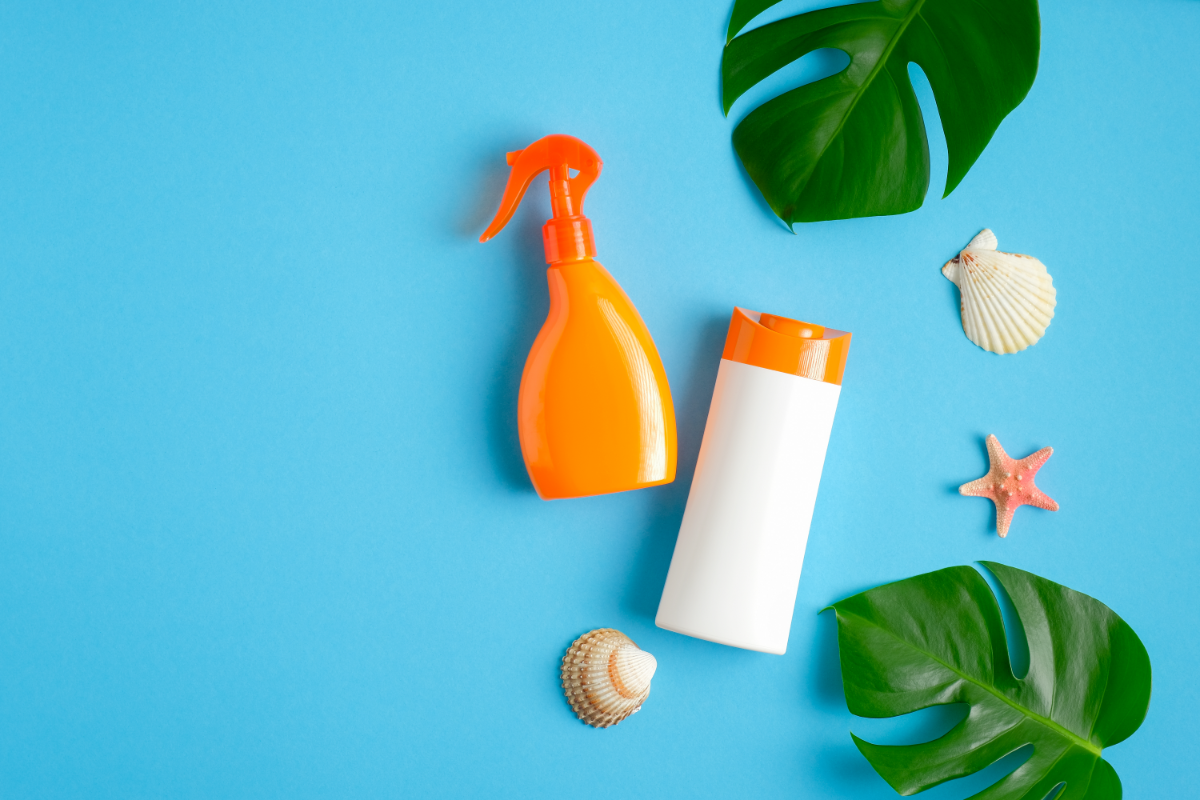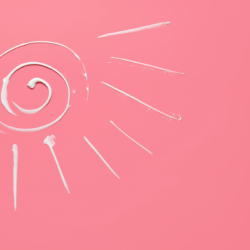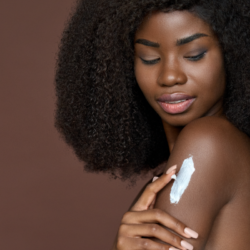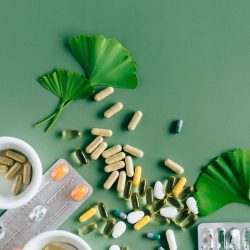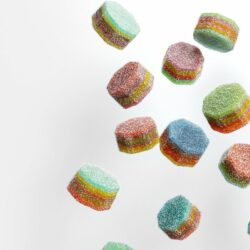The question “Can you make sun cream at home?” is one that has its roots in a world increasingly focused on autonomy, well-being and natural, personalised approaches to skincare. However, the answer to this question, as we will reveal in this detailed article, is clear and unequivocal: no. Making sunscreen at home raises complex issues and presents challenges that go far beyond simply combining ingredients. The process involves scientific precision, an in-depth knowledge of chemical interactions, safety considerations, and specialised equipment, all of which are beyond the reach of the average home user. Let’s dive into an exhaustive and rigorous analysis to understand why making sunscreen at home is not only impossible but also potentially dangerous. This article will also explore safe and effective alternatives available on the market and natural methods of protecting the skin from the sun’s harmful rays.
Do we really need to protect ourselves from the sun?
Skin health education is a crucial aspect of skin cancer prevention. Sun protection is not limited to the occasional use of sun creams, but involves a thorough understanding of the risks associated with exposure to the sun. This includes recognising the harmful effects of ultraviolet rays and the importance of adequate protection all year round, not just during the summer months. Raising public awareness of these risks and of effective preventive measures is fundamental to reducing the incidence of skin cancer.
Do I have to wear sun cream when I’m in the car or at home?
Inside a house or a car, protection against the sun’s UV rays is partial. Standard car windows and many domestic windows filter out UVB rays, which are mainly responsible for sunburn, but often let through UVA rays, which can contribute to skin ageing and the risk of skin cancer. So even if exposure is reduced, it is not completely eliminated. It is advisable to use sun protection, especially if you are regularly exposed to direct sunlight through windows, whether at home or in the car.
Do windows block UV rays?
UV rays can indeed reflect off bright, metallic surfaces, such as white-painted walls or glass surfaces, even inside a house. This reflection can increase exposure to UVA and UVB rays, despite the presence of glass. These reflected rays can still contribute to the sun’s harmful effects, including skin ageing and the risk of skin cancer. It is therefore important to take this UV reflection into account when managing exposure to the sun indoors.
What is the difference between UVA and UVB?
UVA and UVB are two types of ultraviolet rays emitted by the sun, with different characteristics and effects on the skin. UVA rays, which account for the majority of UV rays reaching the earth, penetrate deep into the skin, accelerating ageing and potentially contributing to skin cancer. They penetrate glass easily and are constant throughout the year. UVB rays, which are more energetic but less abundant, are mainly responsible for sunburn and play a crucial role in the development of skin cancer. Their intensity varies according to the season and time of day, and they are largely blocked by glass. It is essential to protect yourself from both types of rays if you want your skin to be as healthy as possible.
What is blue light?
Blue light, also known as high-energy visible light (HEV), is part of the visible light spectrum. It is emitted by the sun, but also by many electronic devices such as smartphones, tablets and computers. Here’s what you need to know about blue light and its impact on the skin:
Blue light has a shorter wavelength and higher energy than other colours in the visible spectrum. It is often associated with a blue or cyan tint.
Impact on the skin:
- Premature ageing of the skin: Prolonged exposure to blue light can contribute to premature ageing of the skin by encouraging the formation of free radicals. This can lead to wrinkles, fine lines and loss of firmness.
- Hyperpigmentation: Blue light can cause an increase in melanin production, which can lead to brown spots and hyperpigmentation of the skin.
- Skin inflammation: Some experts believe that exposure to blue light can cause skin inflammation, which can worsen existing skin problems such as acne.
How can I protect myself from blue light?
- Sun cream: Use a broad-spectrum sun cream that offers protection against UV and HEV rays. Look for products containing antioxidants to boost the skin’s defence system.
- Blue light filters: Some cosmetic products and sunscreens are formulated with blue light filters to block its impact on the skin.
- Limit exposure: Reduce the amount of time you are exposed to blue light from screens by taking frequent breaks and using screen filters if necessary.
- Balanced diet: A diet rich in antioxidants from fruit and vegetables can help protect the skin from the harmful effects of blue light.
The science behind sun cream
To understand why it’s impossible to make sun cream at home, we first need to explore the science behind this complex formulation. In this section, we’ll detail the scientific principles and chemical components that make sunscreen effective in its mission to protect against ultraviolet rays, highlighting the challenges and skills required that make making it at home an unfeasible undertaking.
A. The function of sunscreen
Sun creams are formulated to protect the skin from the sun’s harmful ultraviolet (UV) rays. The active compounds present in these creams reflect and absorb UV rays.
- Protection against UVA and UVB rays: UVA rays penetrate deep into the skin and are mainly responsible for skinageing, while UVB rays are the main cause of sunburn. A study by Diffey (2002) revealed the importance of organic and inorganic compounds in protecting against these rays.
- Sun Protection Factor (SPF): SPF measures the effectiveness of a sun cream in protecting against UVB rays. Research by Wang et al (2011) has shown how different SPF levels correspond to varying levels of protection.
B. The key ingredients in sunscreen
Sun creams are formulated with a complex combination of ingredients, each of which has a specific role to play.
- UV filters: Compounds such as oxybenzone and avobenzone are used as UV filters. A study by Krause et al (2012) assessed the safety and efficacy of these compounds.
- Stabilisers: To maintain the effectiveness of UV filters, stabilisers are used. Research by Serpone et al (2002) described their importance in formulation.
- Emollients and Emulsifiers: These components ensure the consistency and smooth application of the sun cream. Schlossman (2005) has described the varieties of these compounds used in cosmetic formulations.
Can I make my own sun cream?
Although there is a great deal of interest in making effective sun cream at home, it has proved impossible in practice. This is due to a multitude of technical and scientific challenges, ranging from the complexity of the formulation to the requirement for specialist equipment and a sterile environment, which are well beyond the capabilities and resources available in a domestic setting.
Technical challenges
In fact, making sun cream at home presents a number of insurmountable technical challenges. These challenges are illustrated by several studies and take various forms.
1. Complexity of formulation
- Chemistry Knowledge Required: Sunscreen manufacturing requires an advanced understanding of chemistry. According to a study by Latha et al (2013), the choice and combination of ingredients requires extreme precision. Mistakes in these steps can lead to an ineffective or even harmful cream.
- Balance of Ingredients: Each component in a sun cream must be carefully balanced. A slight variation in proportions can alter the effectiveness of the protection. The complexity of this task is beyond the skills of most individuals without a background in chemistry.
2. Specialised equipment required
- Precise Measuring Equipment: Manufacturing requires precise measurements and controlled conditions. A study by Mancebo et al (2014) indicated that without the right equipment, it is impossible to ensure the quality and efficacy of sunscreen.
- Need for Advanced Technologies: Some ingredients require specific handling technologies, such as freeze-drying or high-speed emulsification, which are impossible to replicate at home.
3. Risks of contamination
- Sterile Environment Required: The manufacture of sun cream requires a sterile environment to avoid contamination by micro-organisms. Research by Antignac et al (2006) has shown that even a small amount of contamination can compromise the integrity of the product.
- Conservation and Storage: Storage conditions must also be controlled to avoid degradation of the cream. Contamination during storage can affect product stability and performance.
Alternatives and solutions
Given that making sun cream at home is an insurmountable challenge, it is essential to explore the alternatives and solutions available to protect the skin from the harmful effects of the sun. This includes commercial sunscreen options as well as natural sun protection methods.
A. Market options
A review of commercially available options reveals a wide range of products that vary in terms of SPF, ingredients, and other factors. Here are a few things to consider:
- Product Variety: There are many brands and types of sunscreens on the market, each offering different characteristics. Studies such as Wang et al (2011) show that product diversity allows each individual to find a cream that meets their specific needs.
- Guaranteed effectiveness: Commercial sunscreens are tested and certified to rigorous standards. According to the Food and Drug Administration (FDA), they offer verified protection against UVA and UVB rays.
- Ingredient Safety : Commercial products are formulated with ingredients tested for skin safety. Strict regulations ensure that ingredients are non-toxic and safe to use.
B. Natural sun protection methods
As well as sun creams, there are other ways of protecting yourself from the sun. Here are a few suggestions:
- Protective clothing: Wearing long-sleeved clothing, hats and sunglasses can offer physical protection against UV rays. A study by Gies et al (2007) demonstrates the effectiveness of this approach.
- Seek shade: Staying in the shade during the sun’s most intense hours is a natural method of protection. This can considerably reduce UV exposure.
- Use Parasols and Shade Sails: These can block a large proportion of UV rays and offer shelter from the sun.
- Eating certain foods: Certain foods, rich in antioxidants, can offer mild protection against sun damage. However, this method can in no way replace other methods of sun protection.
FAQ
Can I make sun cream at home?
The answer is no. Making sun cream requires expertise in chemistry, specialised equipment and a sterile environment that cannot be found in a domestic setting.
What are the risks of trying to make sun cream at home?
The risks include ineffective formulation that does not protect against UV rays, contamination by bacteria, and the potential use of harmful or allergenic ingredients.
Are there safe alternatives to homemade sun creams?
Yes, the options on the market offer reliable protection and are tested to strict standards. Natural methods of protection, such as wearing protective clothing and staying in the shade, are also effective.
Are commercial sun creams safe?
Yes, they are formulated according to strict regulations, tested for their effectiveness against UVA and UVB rays, and contain ingredients that have been assessed for their safety.
Is it possible to protect yourself from the sun without using sun cream?
Yes, natural sun protection methods, such as wearing long-sleeved clothing, hats and sunglasses, or staying in the shade during the most intense hours, can offer protection.
Can homemade sun cream be effective if I’m careful with the ingredients?
No, even with the utmost care, formulating an effective sun cream requires a thorough understanding of chemistry and photobiology, as well as specialist equipment to test and validate the product’s effectiveness.

